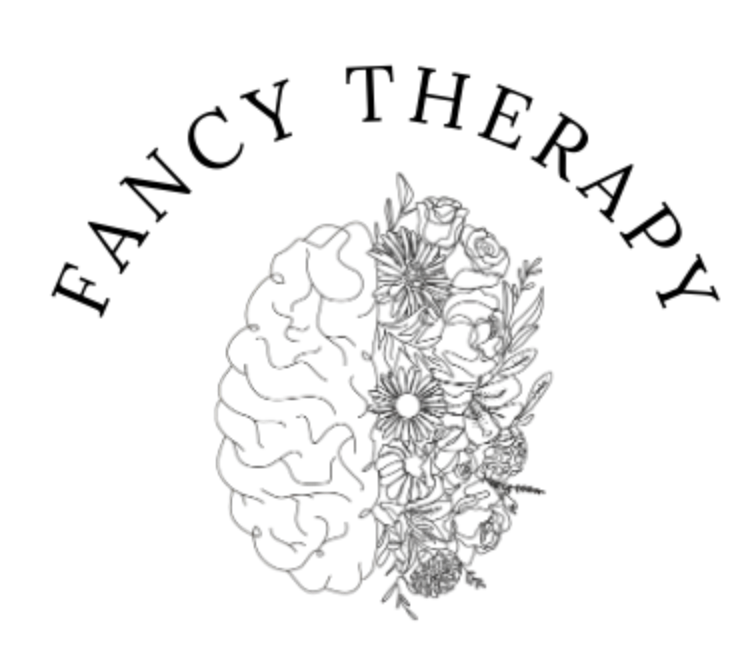Anxiety Isn’t Weakness: Unpacking And Challenging Common Misconceptions
There are many misconceptions about anxiety that keep us from acknowledging its influence in our lives. When we open the conversation around anxiety and anxiety disorders, it provides space to debunk these common misconceptions. Many people speculate about how anxiety disorders can truly affect a person’s life, and often claim they are not real and/or are made up. Older generations are hesitant to accept the high anxiety as a reason to miss work or social obligations because they were raised to “power through it”.
Refusing to accept anxiety disorders as real may be due to the lack of understanding, misinformation and longstanding stigma created around mental health disorders. The truth is, anxiety is an universal emotion that signals us to acknowledge when a situation is not safe, and can protect us by considering the possible future. Although useful to some degree, anxiety is very real and troubling to those who experience symptoms on a heightened level. Excessive worry and rumination of moments that may happen can create distorted thoughts around situations that are safe and do not need to be avoided, and this can limit us in our lives. Anxiety isn’t just “in your head” and can show up in physical ways:
Chest tightness
Stomach pains
Racing thoughts
Muscle tension/shakiness
Shortness of breath
Somatic symptoms of anxiety can overwhelm us and make it impossible to stop the cycle of thoughts in our brains. To feel anxious is not a choice, nor can it be overcome with sheer willpower. Sometimes we need some extra help working through our thoughts and physical feelings, and it is important not to judge others in their process.
Less Stress ≠ Anxiety Cured
A common misconception about anxiety is that if we lower our stress, uncomfortable feelings and thoughts will go away - that reduced stress will cure anxiety disorders. It is unlikely that anxiety will ever be “cured” because it is wired into our brains as a survival mechanism. Although stress is not useful when trying to reduce anxious feelings, it is not the only cause of anxiety disorders. Over time, our brain can become trained in the wrong way, meaning that anxious feelings stick around even when the stressor isn’t present anymore. It is nearly impossible to avoid all stresses in life without limiting ourselves!
Avoidance is a common technique to try and cope with anxiety disorders, however this may only relieve your anxious feelings in the moment. For example, cancelling social plans in fear of possible rejection or awkwardness is a misguided attempt for our brain to protect itself.
Distorted thought patterns are common in anxiety disorders, but it does not mean we should avoid all potential stressors because it still may not be effective. It is possible to break the cycle of overwhelming anxious thoughts and physical symptoms, and it is important to move at a pace that is comfortable and productive for you.
Managing your stress levels and confronting your anxiety triggers can help you gain back control in your life, as well as make you feel more in tune with your body and mind. Some simple ways to calm your body and mind when anxiety hits:
Take slow, deep breaths - in through your nose, out through your mouth
Move your body to release tension
Limit things that induce anxiety, such as caffeine and alcohol
Write down your worries to gain clarity
Talk to someone you trust - remind yourself it is a normal human emotion
There is no magic fix for anxiety disorders, and eliminating all stress is not a realistic solution. Determining what helps you cope with your anxiety is a process, and it is okay if it is not a perfect remedy every time.
Anxiety Isn’t Always A Bad Thing
If you have ever experienced high anxiety or know someone that has described what it feels like for them, it may be difficult to see it as anything but a dreaded emotion. When coping with high anxiety levels, it is important to challenge our views around our anxiety and reframe how we let it influence us. Anxiety signals in our brain tell our body when a situation is potentially dangerous, which keeps us safe and prepared for the future.
It is not inherently a “bad” emotion, but it is important to recognize when these thoughts and physical symptoms become too much to handle on our own. Some levels of stress and anxiety can be positive, pushing us to work through nerves and improve our performance. Try not to frame anxiety as purely a negative experience - this is what helps spread misinformation and creates stigma around living with anxiety disorders!
Changing The Conversation
Talking about anxiety is how we change the narrative and bust myths about anxiety disorders. Becoming a part of the conversation around anxiety can make you more available to the people in your life who need support. Spreading awareness of what anxiety looks like and how it manifests helps us realize we are all more similar in the ways we experience anxiety than we might believe. It also may encourage those who are struggling to cope with their anxiety to reach out - and it can start right here!




